한국의 향교 탐방 경상남도 함양향교
咸陽鄕校 HamyangHyanggyo Confucian School
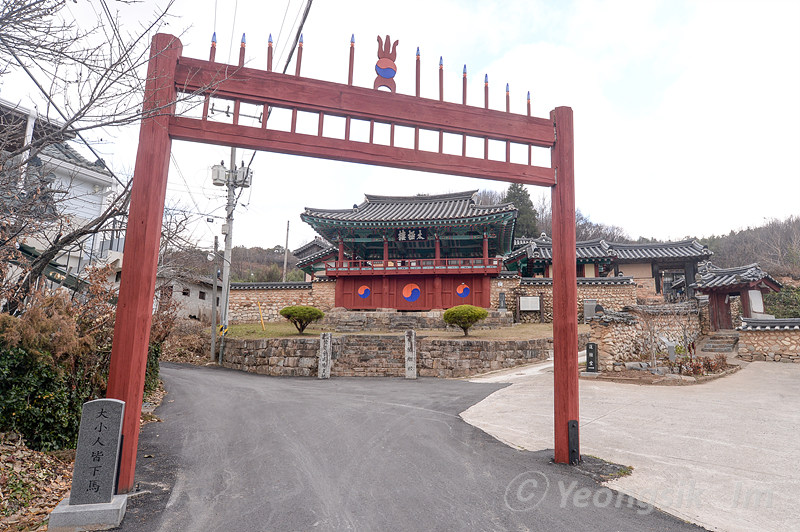
경상남도 함양군 함양읍 교산리에 위치한 함양향교는 경상남도 유형문화재 제225호이다.
1398년(태조 7)에 향교로 건립되었다고 하는데,원래는 고려 때 경학을 공부하였던 소소당(昭昭堂)이 있던 곳이다. 임진왜란 때 불탄 것을 1603년(선조 36)에 다시 세운 이후 여러 차례의 중수를 거쳐 오늘날에 이르고 있다. 현재의 모습은 19세기 이후에 완성된 것으로 보인다.
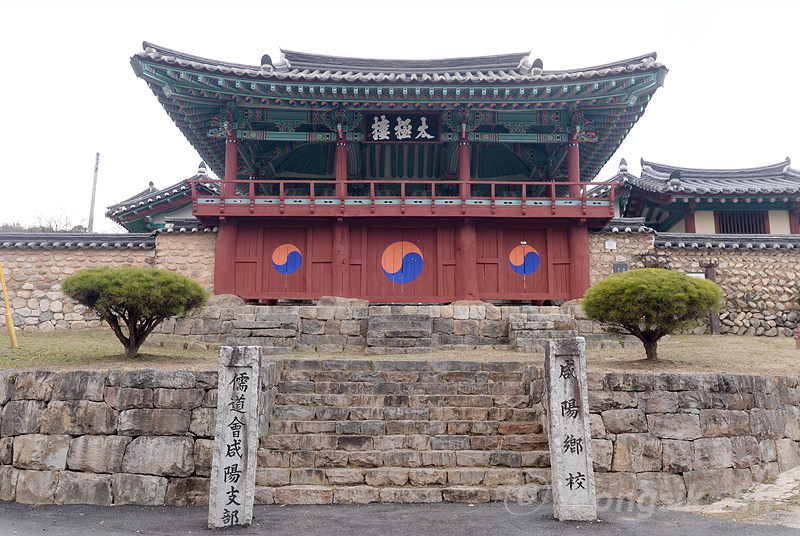
함양향교의 건물배치는 강학공간을 앞쪽에,제향공간을 뒤쪽에 두는 향교 건물배치의 일반적 형태인 전학후묘(前學後廟)양식을 따르고 있으나 지형 탓으로 정문인 태극루를 비롯해 명륜당과 대성전 영역이 일직선상에 놓여있지 않고 급경사의 땅에 여러 층단을 만들어 건물을 세웠다. 태극루는 정면 3칸,측면 2칸의 2층누각이다.
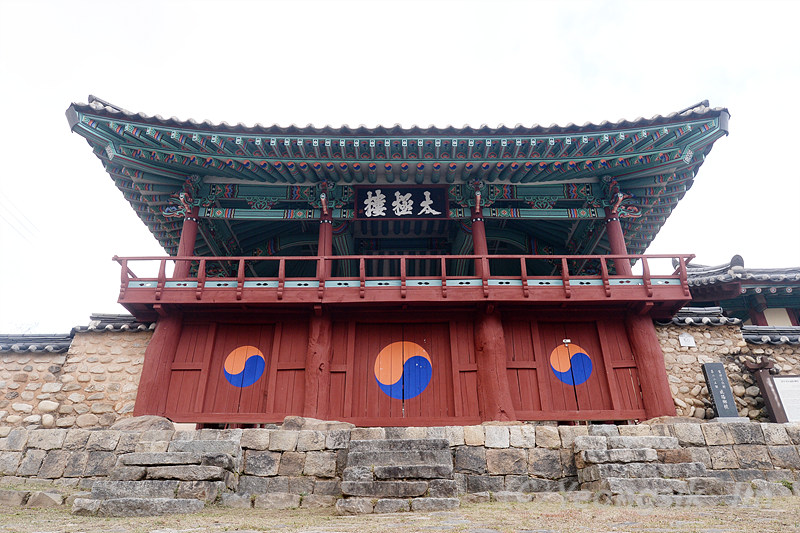
함양향교 태극루
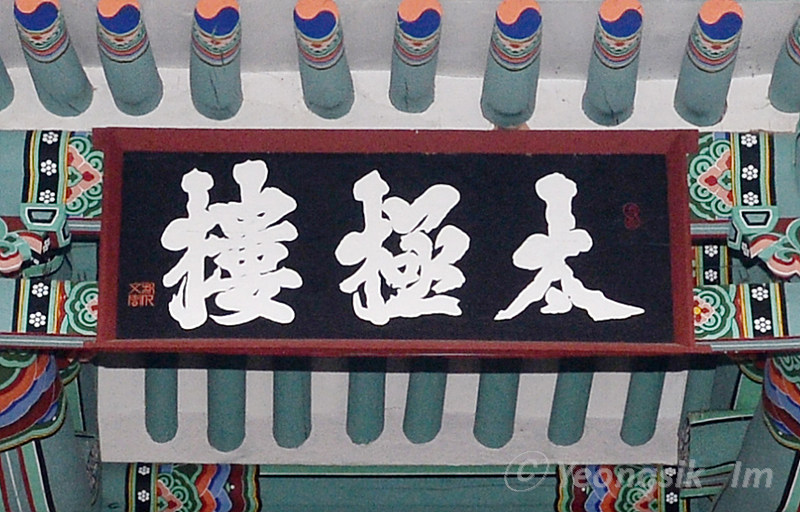
태극루의 현판은 1881년(고종 18)경에 당시 명필가인 하동출신 박문회(朴文會)가 쓴 것이다.
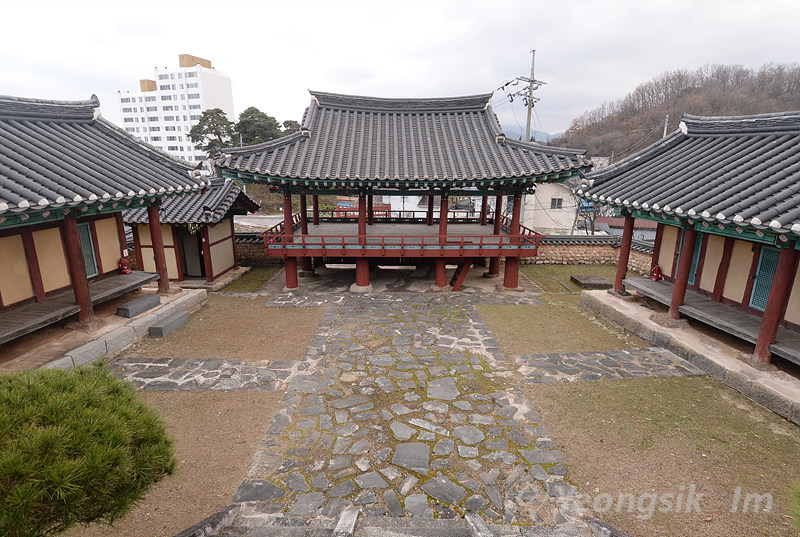
향교의 공간은 교육과 제례의 두 영역으로 나뉜다. 유생(儒生)들이 학문을 연마하는 명륜당과 일상생활을 하는 기숙사와 같은 동재와 서재(東齋와 西齋)는 교육 영역, 공자와 저명한 유학자의 위패를 모시는 대성전 및 동무와 서무(東廉와 西廉는 제례 영역이다 .
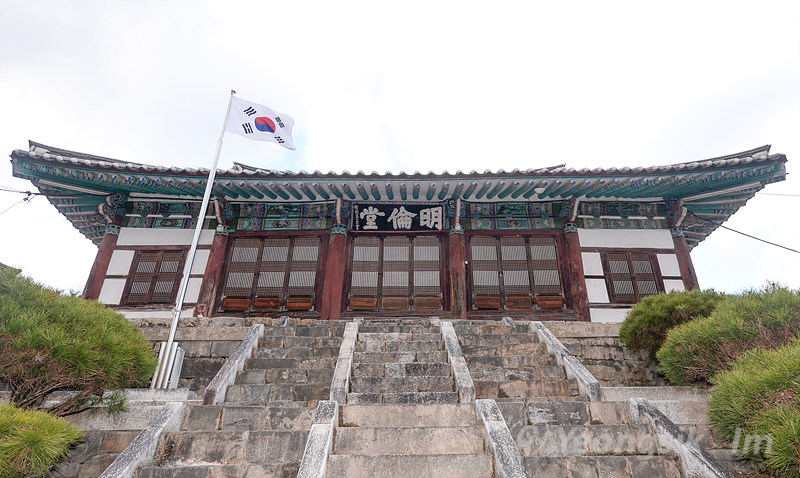
함양향교의 제향역역인 대성전은 내삼문의 문이 굳게 잠겨있어 아쉽게도 관람을 하지 못했다. 자주 지나는 지역이니 곧 다시 들려볼 예정이다.
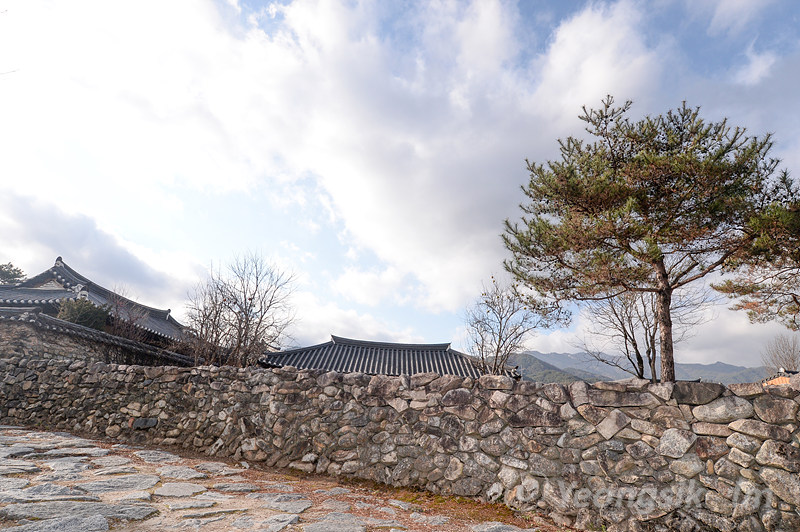
함양향교 바로 우측에는 함양 연계당이 있다.
연계당은 고려 • 조선시대 함양 출신자로서 대과 소과에 급제한 선현들의 높은 학문과 덕을 추모하기 위하여 옥계 노진(玉溪 盧稹)선생이 경자년(1540년)에 함양 백연서원 옆에 유림과 후손들의 협찬을 받아 사마재(司馬齋)를 건립하였다.
18기 년 흥선대원군의 서원철폐령에 의해 백연서원이 훼철되고 사마재만 존속하여오다 관리상의 어려움으로 인해 병자년(1936년)에 함양향교 외곽인 현 위치에 이건하여 연계당이라 개명 • 증축하여 현재까지 이어 오고 있다. 연계당에 추서된 인원은 대과에(고려 9명,조선 84명),소과에(고려 1 명,조선 218명) 도합 312명을 등재되어 있으며 그 기록물은 함양박물관에 보관되어 있다. 함양을 빛내고 선비문화 전통을 이어준 추서되신 분들께 후대들이 경건한 마음과 그 은덕을 오래도록 기억하길 바라는 마음으로 안내문을 설치하였다고 한다.
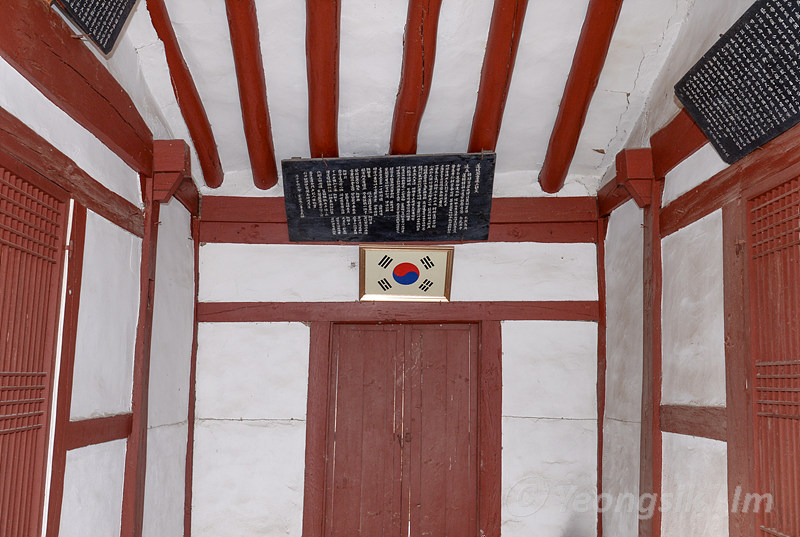
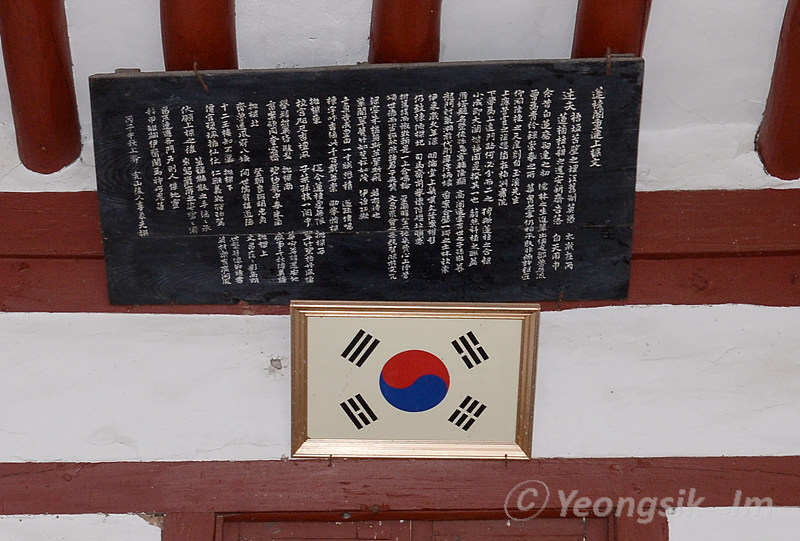
향교는유교의 옛 성현을 받들면서,지역 사회에서 인재를 양성하고 미풍양속을 장려할목적으로 설립된 전통 시대의 지방 교육 기관이다. 이곳은 1398년(태조 7)에 향교로 건립되었다고 하는데,원래는 고려 때 경학을 공부하였던 소소당이 있던 곳이다. 임진왜란 때 불탄 것을 1603년(선조 36)에 다시 세운 이후 여러 차례의 중수를 거쳐 오늘날에 이르고 있다. 현재의 모습은 19세기 이후에 완성된 것으로 보인다.
향교의 공간은 교육과 제례_의 두 영역으로 나뉜다. 유생이 학문을 연마하는 명륜당(일상생활을 하는 동 • 서재)는 교육기능을 담당하고,공자와 저명한 유학자의 위패를 모시는 대성전 및 동 • 서무는 제례 기능을 각각 담당하고 있다.
함양 향교의 건물배치는 교육 공간을 앞쪽에,제례 공간을 뒤쪽에 두는 향교 건물배치의 일반적 형태인 전학후묘(前學後廟)양식을 따르고 있다. 다만, 지형 탓으로 정문인 태극루를 비롯해 교육 영역,제례 영역이 일직선 상에 놓여있지 않다. 또 급경사의 땅이기 때문에 여러 층단을 만들어 건물을 세웠다. 태극루는 정면 3칸,측면 2칸의 2층누각이지만,기둥사이가 넓어 대단히 크게 보인다. 유교의 교육 이념을 담은 명륜당은 정면 5칸,측면 3칸의 건물로서 전형적인 명륜당의 형태를 띠고 있다. 대성전은 짧고 굵은 기둥을 설료ᅵ함으로써 권위를 잘 나타내 주고 있다. 특히 이곳은 동 • 서무가 온전한 형태로 남아있는 몇 안 되는 사례에 속한다. 지금은 봄과 가을에 두 차례에 걸쳐 성현들에 대한 제례만을 올리고 있다.
문의 및 안내 055-960-4537
주소 경상남도 함양군 함양읍 원교길 46-7
Hamyang Hyanggyo
Gyeongsangnam-do Tangible Cultural Property No. 225
Gyeongsangnam-do, Hamyang-gun, Hamyang-eup, Gyosan-ri
Hyanggyo was established in earlier dynasties for the cultivation of local men of ability, the education of public mores, and the performance of ceremonies dedicated to Confucian sages, and also functioned as a central organ of the local education system. Although it is believed that Confucian classics were studied here at Sosodang when it was first established here during the Goryeo dynasty (918-1392), this hyanggyo was constructed here in 1398 during the last year in the reign of King Taejo (r. 1392-1398), the founder of the Joseon dynasty(1392-1910). The Hamyang hyanggyo was destroyed by fire during the Japanese Invasions (1592-1598) but was reconstructed in 1603, undergoing several restorations thereafter. The current structure seen today was completed in 19th century.
The grounds inside hyanggyos were usually divided inW educational and ceremonial areas. The Myeongnyundang where the Confucian scholars studied and the Kjst and west dormitories for daily life functioned as the educational area, while the Daeseongjeon, enshrining the ancestral tablets of Kongzi (Confucius) and other renowned Confucian scholars, and the 하st and west halls served as ceremonial spaces.
Hamyang hyanggyo maintains this general arrangement However, because of topographical restrictions, the Taegeuknu which was the main entrance, the educational areas and the ceremonial
areas were not in a straight line. Moreover, because of the steep lie of the site, the building was constructed on foundation several stories high.
The Taegeuknu is a two story building measuring three by two kan (traditional minsuring unit) with widely spaced columns which make it appear extremely large. The Myeongnyundang of Hamyang hyanggyo, where Confucian education was transmitted, measures five by three kan and does not diverge from the general architecture of other Myeongnyundangs. The Daeseongjeon, constructed with stout and thick columns, demonstrates its authority well. In particular, the Hamyang hyanggyo is a rare example of such schools which maintain the and west dormitories. Presently, this school is used only for ancestral ceremonies on behalf of the Confucian sages which take place twice a year, in the spring and fall.






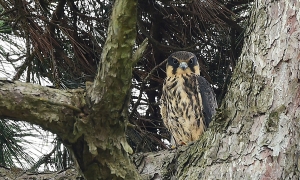
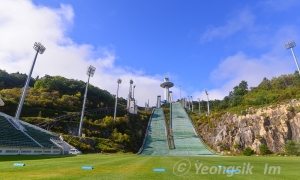
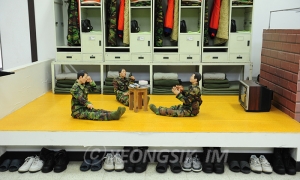
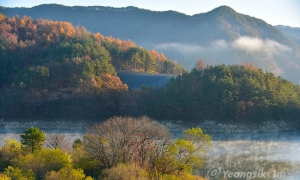


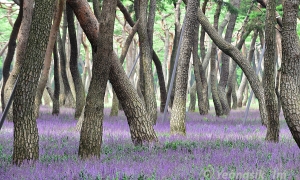


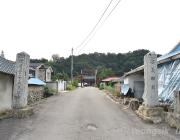 한국의 향교 탐방 경상남도 함양 안의향교
한국의 향교 탐방 경상남도 함양 안의향교



